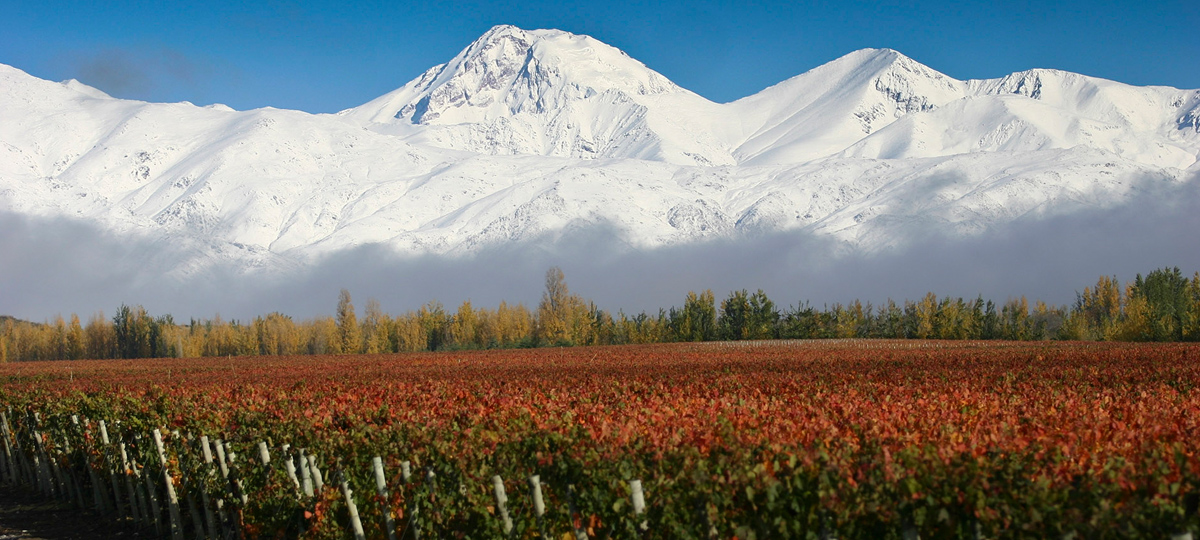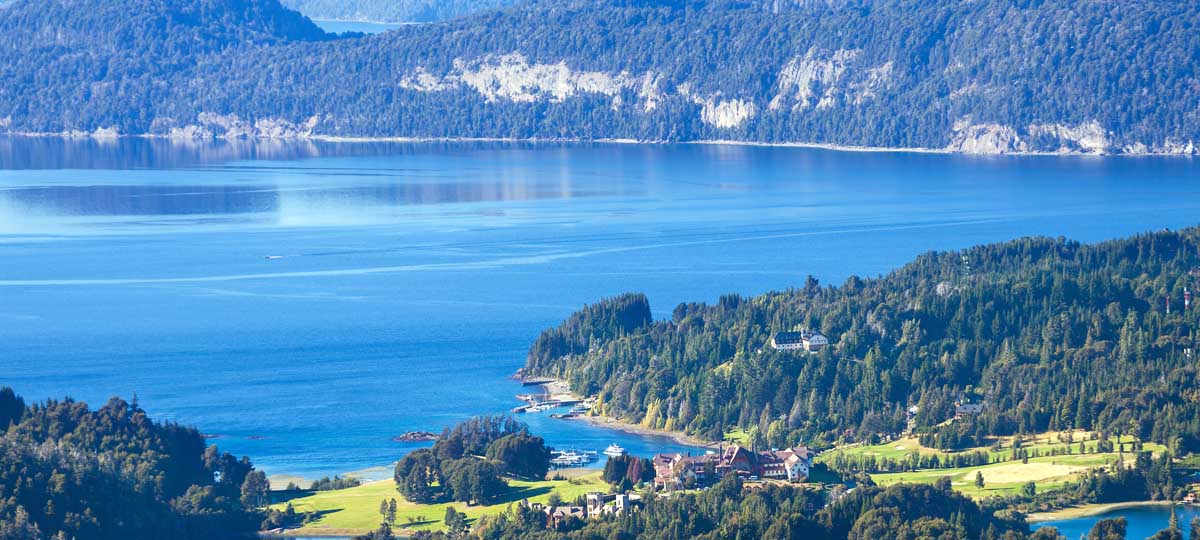Highlights of Argentina

Buenos Aires
The Paris of South America, Buenos Aires has become known as the style capital of the continent. A wander through the streets reveals a fantastical mix of stunning republican architecture, fine restaurants, excellent art galleries and a distinctly Latin feel to the exuberant street life. Buenos Aires is a destination within itself and a few days here allows the visitor to appreciate the boutiques and coffee shops of Palermo, before exploring the elegant corners of Recoleta and San Telmo. Throughout any visit, the evenings are easily filled with the chance to see the sensual tango danced in true Argentine style, or a visit to one of the many fine restaurants where the true quality of Argentine wines and beef can be appreciated. Nearby Uruguay can also be easily visited in a day trip or longer, with the most popular options being historical Colonia, nearby Carmelo, or the beach resort of Punta del Este.

The Iguazu Falls
With 275 separate cascades stretching over 2.7 kilometres (1.6 miles) in total, Iguazu Falls has the largest flow of water of any waterfall in the world. To best appreciate this force of nature a two day visit allows the visitor to see the panorama afforded by the viewing platforms from the Brazilian side, whilst the Argentina side offers access to 'The Devils Throat', an enormous chasm with a horse-shoe shaped cascade tumbling 80 metres (270 feet) just beneath the viewing platforms. Zodiac trips allow for a closer view of the falls from the river below, and even allow for visitors to pass behind the falls for a very different perspective. For those interested in nature, the falls are located in sub-tropical rainforest and therefore offer excellent opportunities to see a wide array of wildlife including caimans and a large number of bird species such as toucans and parrots.

Salta
The city of Salta was originally constructed as a commercial and military strategic point between Lima in Peru and Buenos Aires. For this very reason, the city is an example of fine colonial architecture set in the arid northwest of Argentina. Once beyond the city's limits, the reds and greens of the agricultural land bring the panorama to life. A visit to the surrounding towns of Cachi and Cafayate sheds light on the area's aristocratic past, simultaneously allowing an introduction to the region's unique Torrontes wine and the extraordinary natural forms found in the landscape. A trip north of Salta also rewards the visitor with the chance to see a number of attractive architectural sites, as well as the Seven Colours hill in Purmamarca.

Mendoza
The attractive city of Mendoza, located in the foothills of the Andes' eastern slopes, is the gateway into Argentina's most important wine region and home to its signature grape, Malbec. The city itself is without doubt an interesting cultural and gastronomic centre and well worth a short stay in order to fully appreciate both these facets, before heading beyond the city walls into the wine country which sits in the shadow of South America's highest mountain, Aconcagua. With 70% of Argentina's wine production coming from this area, a number of excellent vineyards are found in close proximity to the city, allowing for day trips into the countryside. However those wishing to explore the Argentine wine country more in depth can easily spend a number of days staying on the winemakers' properties throughout the region.

Bariloche
An alpine paradise and often described as "Little Switzerland", San Carlos de Bariloche and the surrounding area is one of Argentina's most beautiful regions. First settled by Germans and Austrians, it is easy to see where Bariloche gets its distinctly Alpine feel, with the skiing options in the winter and outdoor options in the summer making it a truly year round destination. Beyond the town, the spectacular landscape is dominated by forested peaks dropping dramatically into azure lakes. The area lends itself perfectly to outdoor pursuits including fly-fishing, golf, hiking, horse-back riding, kayaking and cycling - all of which allow for further discovery of this stunning corner of southern Argentina. Bariloche is also a fantastic entry point into neighbouring Chile with an exciting journey by road and boat through the dramatic scenery making the border crossing journey an immense visual experience rather than an inconvenience.

Southern Patagonia
Lying just to the east of the southern ice field which stretches 370 kilometres (250 miles) from north to south, southern Patagonia puts on display some of nature's most powerful forces. A visit to the Perito Moreno glacier, one of the few advancing glaciers in the world today, is an awe-inspiring experience and one of the few places worldwide where you can sit and listen to the creaking of the glacier and watch as enormous shards calve off into the lake below. Further to the north, the small town of El Chaltén is the base for the exploration of the majestic and world renowned Fitzroy Massif whose icy granite spires reach over 3,500 metres (11,500 feet) and have come to be seen as some of the world's most challenging peaks to climb. Due to the geography of the area, the nearby landscape is easily enjoyed through non-strenuous hikes although longer options are of course available. In the extreme south of Patagonia lies the city of Ushuaia keeping watch over the Beagle Canal, and the gateway to both Cape Horn and the seventh continent Antarctica.

The Valdes Peninsula
This World Heritage Site set in the barren wastes of Argentine Patagonia displays a surprising marine diversity, making this an exciting destination for those interested in the natural world. Boat trips running from the coastline allow visitors a close look at southern right whales, elephant seals, killer whales and huge penguin colonies amongst others. Much of the wildlife is seasonal, so if wishing to focus on one particular aspect of the marine fauna, travellers should check the best time to travel beforehand.











